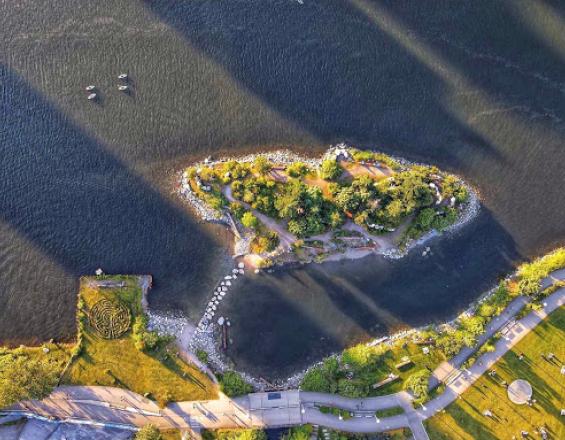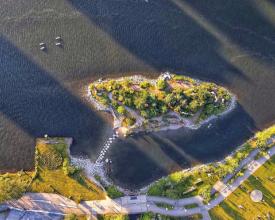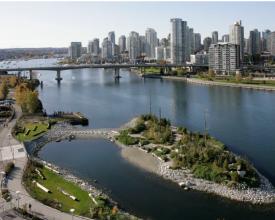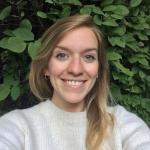
Habitat Island at the Vancouver 2010 Olympic Village

As part of the development of the Olympic Village for the Olympic and Paralympic Winter Games Vancouver 2010, a new island was constructed in the highly urban Lower False Creek inlet to create a habitat patch for fish and other wildlife. The Olympic Village was constructed in a former industrial area with degraded shoreline, high pollutant concentrations and low biodiversity value. To offset an area of degraded shoreline filled for the construction of the Olympic Village, the developers designed Habitat Island, a new island adjacent to the Olympic Village site with features including a naturalistic shoreline and native vegetation. Special resources, including intertidal habitat and naturalised wetlands in Hinge Park, which connects Habitat Island with the Olympic Village site, were also added to increase the biodiversity value of the area
Contexte
Challenges addressed
Emplacement
Impacts
Habitat island has become an urban sanctuary along Southeast False Creek. Deep layers of soil, rock, cobble, gravel, sand and boulders have been added to the area to provide stability and nourishment for the more than 200 native trees to grow as well as native shrubs, flowers, and grasses that grow naturally in the region. Since its construction, these habitats have hosted a variety of wildlife, including a pair of beavers and their offspring, starfish, crabs, barnacles and other creatures. Surrounded by water at high tide, the island is also a sanctuary for birds. The value of the area for biodiversity was further improved during the Olympic Village construction process through the inclusion of green roofs on over 50% of the building footprint, improving overall matrix quality for birds and flying insects. In this way, re-development associated with new construction for sport was able to positively impact both aquatic and terrestrial biodiversity in a highly urban context by converting degraded industrial land into liveable habitat for both athletes and wildlife.









